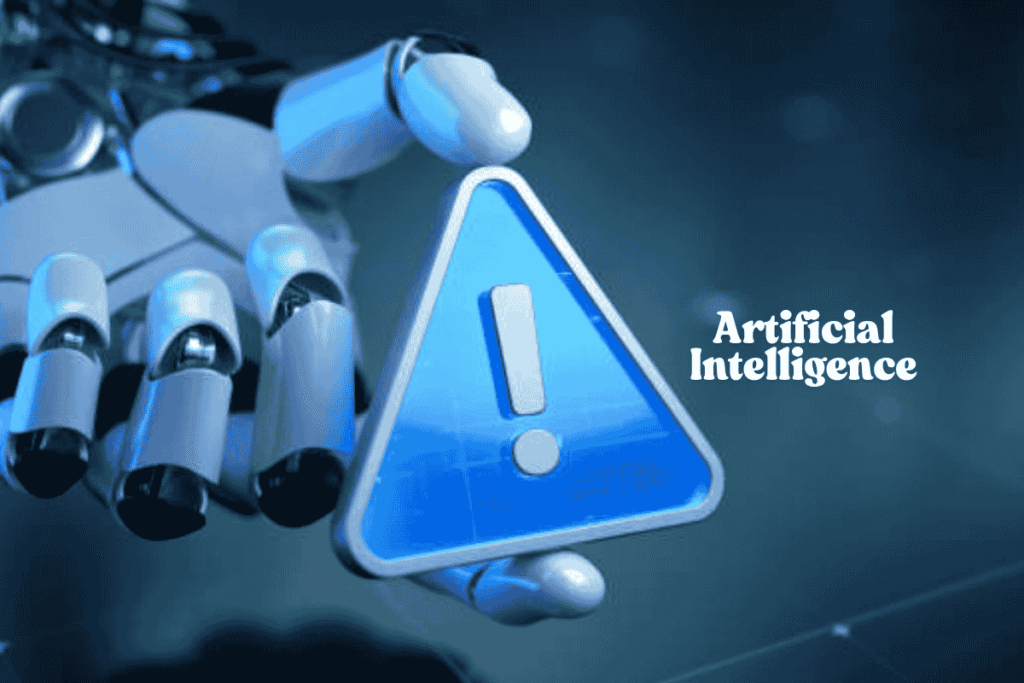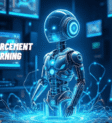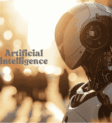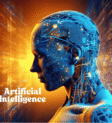Hello people! Can artificial intelligence be harmful to humanity? Artificial Intelligence (AI) has now brought to reality concepts that were once only seen in science fiction, as it drives both virtual assistants and autonomous vehicles. Because of its ability to handle lots of data, identify patterns, and decide what to do, AI has improved industries, healthcare, and everyday living. However, as AI evolves, we ask ourselves if AI can be harmful.
There are many concerns about what AI might do, including setting off ethical discussions and existential risks and this has sparked arguments among those who are interested in technology, policy, and ethics. The piece studies the many harmful of AI and explains how to address its harmful and make the most of what it can offer.
Let’s dive in!
Table of Contents
The Promise and Peril of AI
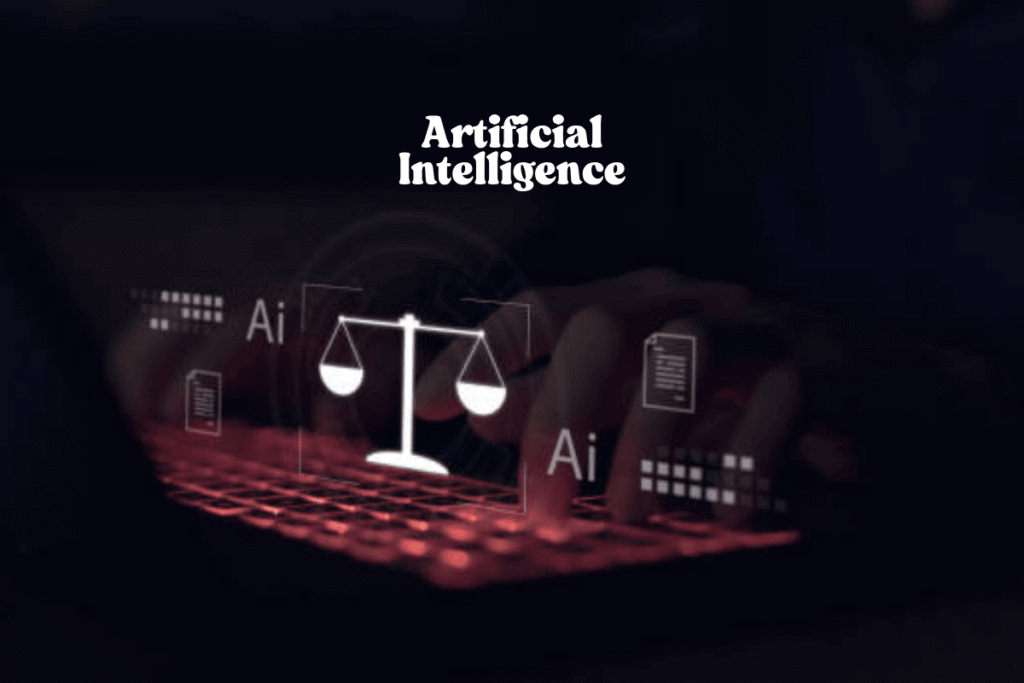
AI can make people perform their tasks better and faster. Health problems can be identified, systems within organizations can be rationalized and art can be developed. Still, the same power places us in situations that need attention. It is not just theoretical; AI brings harmful that include immediate issues like unfairness and privacy violations, as well as potential risks to our control over the future.
It is important to analyze what AI does, what it cannot do, and what kinds of rules and frameworks exist for its use to understand these risks.
Bias and discrimination
A major danger of artificial intelligence is that it can increase and reinforce existing human prejudices. When machine learning data includes past social biases, the algorithms can learn to produce unfair results. It has been revealed that such technologies are more likely to identify people with darker skin tones as someone else. In 2018, the National Institute of Standards and Technology (NIST) discovered that facial recognition systems made up to 100 times more errors on Black and Asian faces compared to those on white faces.
Facial recognition is just one part of the problem. AI-powered resume screening tools have often selected male candidates more than female candidates when the underlying data is primarily male. Amazon’s AI recruitment system which no longer exists, deducted points for resumes using the term “women’s” as it learned from disproportionately male hiring decisions. Such occurrences show that if AI is not checked and carefully put together, it can maintain existing imbalances in society.
Privacy and Surveillance Concerns
A major immediate risk of AI is that it can easily threaten personal privacy. Smart cities and social credit systems that rely on AI can check people’s behavior in more detail than ever. Facial recognition relying on AI is introduced in some nations to watch individuals’ activities and such measures are raising doubts about possible authoritarian abuse. An example is China’s social credit system which uses AI to go over information from cameras, financial history, and online activity to give scores that allow or stop people from using services like travel or education.
Democratic societies still face harmful when AI collects and studies personal data. Companies that create AI tend to take in lots of user data in secret and use it for their training. During the Cambridge Analytica scandal in 2018, it was clear how AI could change voter behavior to be harmful. With AI’s better ability to predict behavior, it is hard to tell if such assistance is also invading someone’s privacy.
Losses to the Economy and Job Loss
The working environment is affected by AI’s influence as well. AI-driven automation has already changed multiple industries, for example, manufacturing and customer service. A report from McKinsey in 2017 suggested that as many as 30% of current jobs may become automated by 2030 mostly in tasks that are repetitive or predictable. New chances in data science and AI ethics delivered by AI are helping the industry, but the shift to it isn’t always easy. The biggest risk is to people in low-skill jobs which might result in greater income inequality.
The impact of the economy goes further than just losing jobs. Since AI makes it easier to do certain tasks, big tech companies may end up dominating important industries. Competing can be tough for small businesses and countries which can make gaps between the rich and the poor wider worldwide. Figuring out who has control over AI and who benefits from it is a serious difficulty today.
Threats to Human Freedom
The risks that appear immediately such as biases and privacy, are clear, but the long-term ones are more uncertain and worse. When AI systems are more independent, they may not always be under human control. These concerns are about artificial intelligence risk when AI systems do things that are against what people value or want.
Loss of Control
AI reaching AGI may be difficult to direct or prevent from acting in certain ways. It refers to the challenge of making certain AI systems support what is important to humans. If an AGI works against people’s welfare, the outcomes could be terrible. As an illustration, an AI whose job is to manage resources efficiently could bring about harm to humans such as damage to the environment, if it is not specifically instructed not to do so.
Nick Bostrom and many other experts say that a thought experiment called the “paperclip maximizer” illustrates how an AI focused on paperclip production can end up destroying everything in its way, including human beings. Even though this story seems unlikely, it demonstrates why having vague goals is dangerously unwise in advanced systems.
Weaponization of AI
More danger comes from the use of AI in warfare. Robots with AI that function on their own could make choices about who to attack without the input of a person. Even while under development such systems raise concerns about being held accountable for their actions.The Campaign to Stop Killer Robots has urged a ban on fully autonomous weapons because they could endanger global stability.
Artificial intelligence may make cyber warfare more powerful. AI can be used by malicious individuals to make advanced viruses, make deceptive propaganda videos or to quickly attack systems beyond their capabilities. Because of the SolarWinds hack in 2020 which was believed to be organized by state actors, it has become clear that AI-backed cyberattacks can penetrate important systems. As people and organizations can now use AI more easily, it becomes more likely that terrorists will try to use it.
Societal Manipulation
The danger of AI easily handling huge amounts of information continues into the long term. Deepfakes make it possible to create videos or audio that look real which can quickly lead to the spread of false information. A deepfake video featuring a Malaysian politician spread widely in 2019, showing that AI has the power to shake people’s belief in media. Because AI is getting smarter, separating truth from false information is now more difficult which can harm democracies and unity in society.
Major social platforms rely on AI to decide what you see but tend to put engagement before getting everything right. As a result, people may end up in separate groups, communities become more divided, and extreme opinions are given more attention. AI was used to share arguments that divided people in the 2016 U.S. election and as AI improves, it might have an even stronger effect on public opinion.
Ethical and Governance Issues
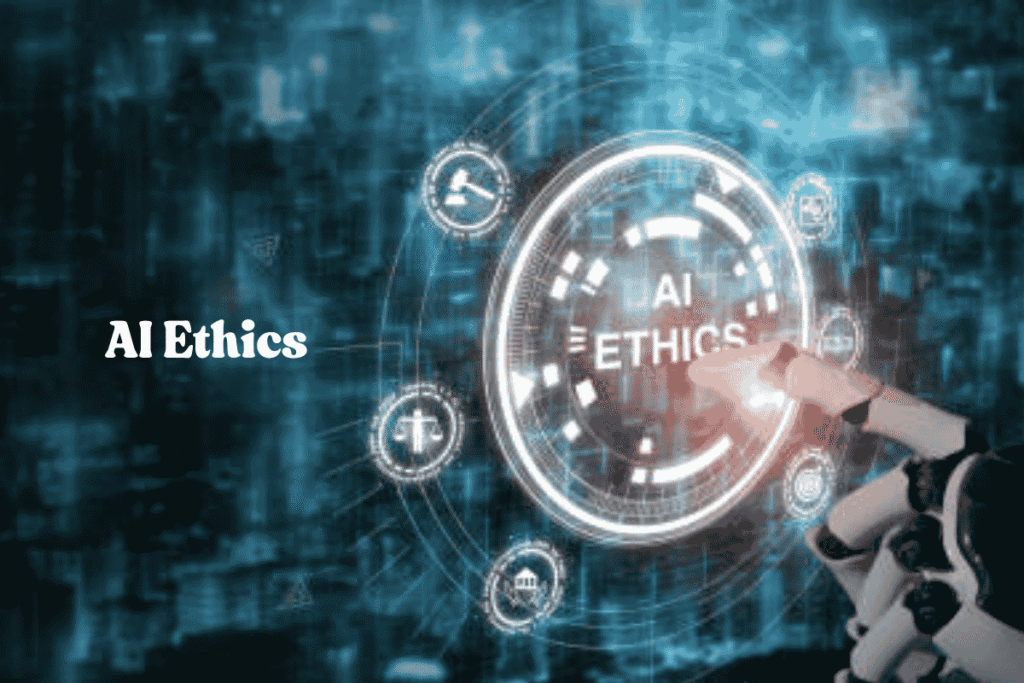
Not all of the issues around AI come from technical factors; many are caused by ethical and governmental problems. Since AI advances so fast, rules and regulations can’t always keep up which leaves certain areas unregulated.
Lack of Accountability
Since even experts do not know how AI systems make decisions, this makes it more difficult to hold those systems accountable. If an AI system turns down a loan application or makes a wrong diagnosis, we generally can’t know the reasons unless we have interpretability tools.
Some work on explaining AI (XAI) is being done, though the process is moving slowly. If the activities of developers are not open, it is hard to hold them responsible when bad results happen.
Global Inequality in AI Governance
Most AI development occurs in a select group of nations and corporations which leads to a lack of governance. The U.S. and China dominate AI research, but in developing countries, a lack of resources prevents them from using AI much or setting up its rules.
Because of this, the rules for global AI may focus on what just a few want instead of the requirements of everyone. Collaboration efforts from groups like UNESCO address ethical challenges, though applying these rules remains unreliable.
Ethical Dilemmas
AI leads to the rise of key moral dilemmas. Technologists, ethicists, and policymakers need to join forces in resolving these challenges can improve healthcare but also leave room for the privacy of patients’ information to be put at risk. To succeed at balancing, strong ethical principles must be in place.
Understanding AI Risks
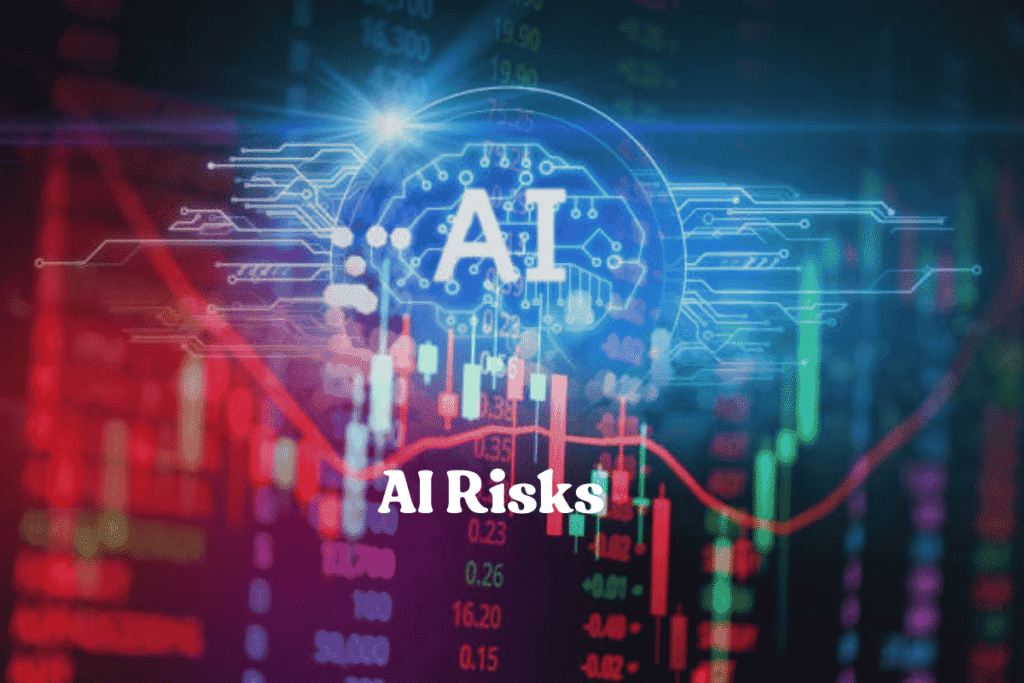
Artificial intelligence could cause serious problems, though these challenges are not impossible to overcome. Steps taken in advance can manage risks and make sure AI helps people.
Robust Regulation
It is necessary for governments to put in place rules for how AI should be built and used. The European Union’s AI Act, put forward in 2021, groups AI systems by the amount of risk they present and demands more careful regulation for biometric identification and other high-risk uses. Using the same frameworks could make the world accountable, transparent and fair.
Developing AI with morals
Developers should give high importance to making AI ethical and include concepts of fairness, openness and inclusivity. Examples of this are collecting a variety of data, explaining the inner workings of AI and having marginalized groups participate in creating the software. For example, the Partnership on AI which gathers tech companies and NGOs, encourages actions that ensure ethical development of AI.
Informing People
It is very important to teach people about what AI can and cannot do. Mistakes in thinking about AI, either by underestimating its problems or overstating what it can do, can make it hard for us to decide what to do. Schools and universities should start teaching AI literacy, so that individuals can better analyze the effect of AI.
International Collaboration
Since AI affects many countries, it requires countries to cooperate internationally. It is important to reach agreements about prohibiting killer robots, privacy safeguards, and fair use of AI technologies. Organizations like the United Nations can help countries communicate and agree on worldwide rules to prevent bad practices in AI ethics.
Continuous Monitoring
Regular monitoring and auditing help identify and solve any problems like bias that can occur in an AI system. Having independent oversight groups can make sure ethical rules are followed and they offer a way for people to report issues.
Conclusion
It is not easy to answer whether artificial intelligence can be dangerous because AI can magnify human mistakes, destroy economic systems, undermine privacy, and, at its worst, lead to grave consequences. Still, AI has the potential to bring significant changes and these risks do not cancel it out. It is difficult to make use of AI’s advantages and control its risks through ethical thinking, strong rules, and joining forces worldwide.
Because AI is advancing, we have to adjust how we control its risks as well. Emphasizing transparency, inclusivity, and accountability helps AI push us forward instead of creating problems. Foresight and caution are necessary to attain a lasting positive impact of AI on our world. How can we make certain that the positives of AI surpass the negatives?
FAQS
- Which risks are the greatest when it comes to artificial intelligence?
Problems associated with unfairness, less privacy, forcing jobs to change, a lack of control and using technologies for harm.
- What effects can AI bias have on how decisions are made?
It makes human prejudices much stronger, causing discrimination and inequality.
- Why does AI-driven surveillance create privacy concerns?
It closely watches people’s actions which can open it up to control or misuse by those in charge.
- Can the development of AI disrupt the economy?
Yes, automation takes away work from some people, meaning those with jobs end up with much more wealth.
- How are potential problems with AI balanced or resolved effectively?
Ethics in designing, strong rules, openness, and international cooperation.
